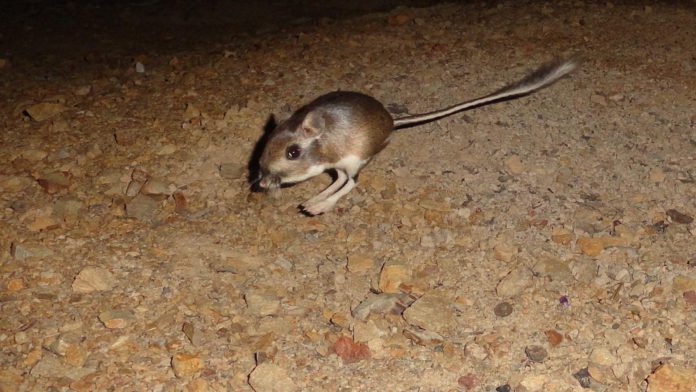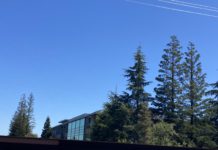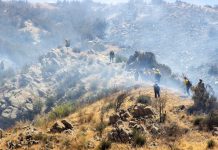
In Dec. 2022, Midpeninsula Regional Open Space District agreed to a $100,000+ deal with Nomad Ecology of Martinez, Calif., to study the population of the “critically imperiled Santa Cruz Kangaroo Rat,” which had just reappeared on the Santa Clara County side of the Santa Cruz Mountains.
“In 2019, a species of narrow-faced kangaroo rat (kangaroo rat) was discovered in Sierra Azul Open Space Preserve (Sierra Azul) by an independent researcher,” parks agency staff report read. “To date, kangaroo rats have been discovered in five locations within Sierra Azul. A habitat assessment and botanical surveys within known kangaroo rat habitat would allow a better understanding of the habitat characteristics that supports the species.”
So began the soil core analysis, mapping of individual burrows and baseline drone imagery for the animal known—apparently affectionately—as the “k-rat.”
It is neither a kangaroo or a rat, but rather a gopher-like creature.
And last week, San Jose Water Co. told the Los Gatan it had just wrapped up its contribution towards safeguarding the kangaroo rat subpopulation’s stopping grounds.
“It’s in our interest as a water utility to maintain these habitats in an ideal condition where they can hold and maintain soil,” said Jared Lewis, SJ Water’s manager of environmental planning and natural resources. “The k-rat is fundamental in promoting this habitat.”
Lewis is talking about the fact that the species was found near their Lake Elsman reservoir that provides drinking water to customers throughout the South Bay.
The kangaroo rat making its presence known for the first time since 1947 was a definite positive, Lewis adds.
“Our lands are managed largely for source water protection and conservation, so from our perspective it’s exciting news,” he said.
They’re learning a lot about how the kangaroo rat is important to dispersing seeds and aerating the ground.
“This particular k-rat really speaks to the larger ecological health of the watershed,” he said, noting the animal is what’s known as a keystone species. “If you have these keystone species, generally what it means is you have an intact ecosystem.”
San Jose Water’s forest health efforts included getting rid of invasive trees, thinning out the understory and conducting biological surveys.
“The work that we’re doing is really building off of some of the really important work that Midpen, UCSC and others have been doing for several years now in this general area,” he said. “The research is ongoing.”









